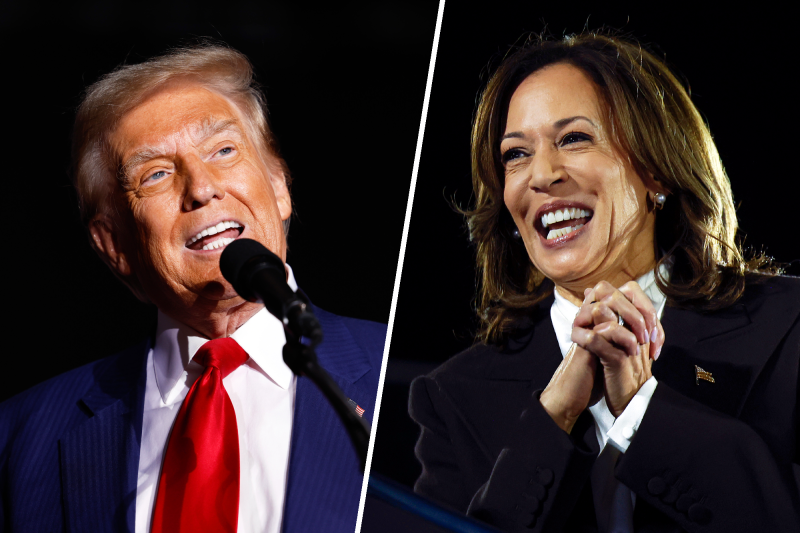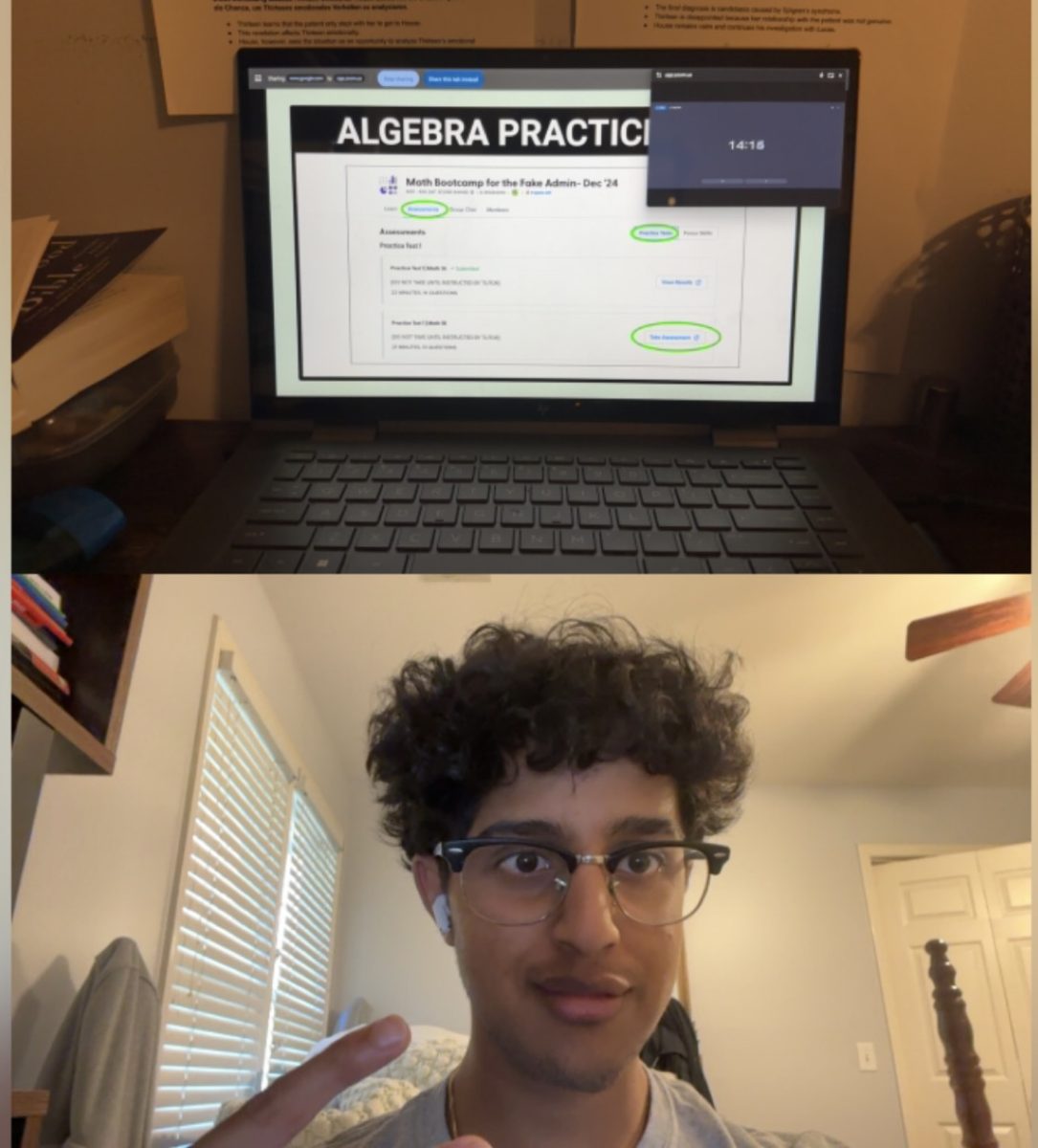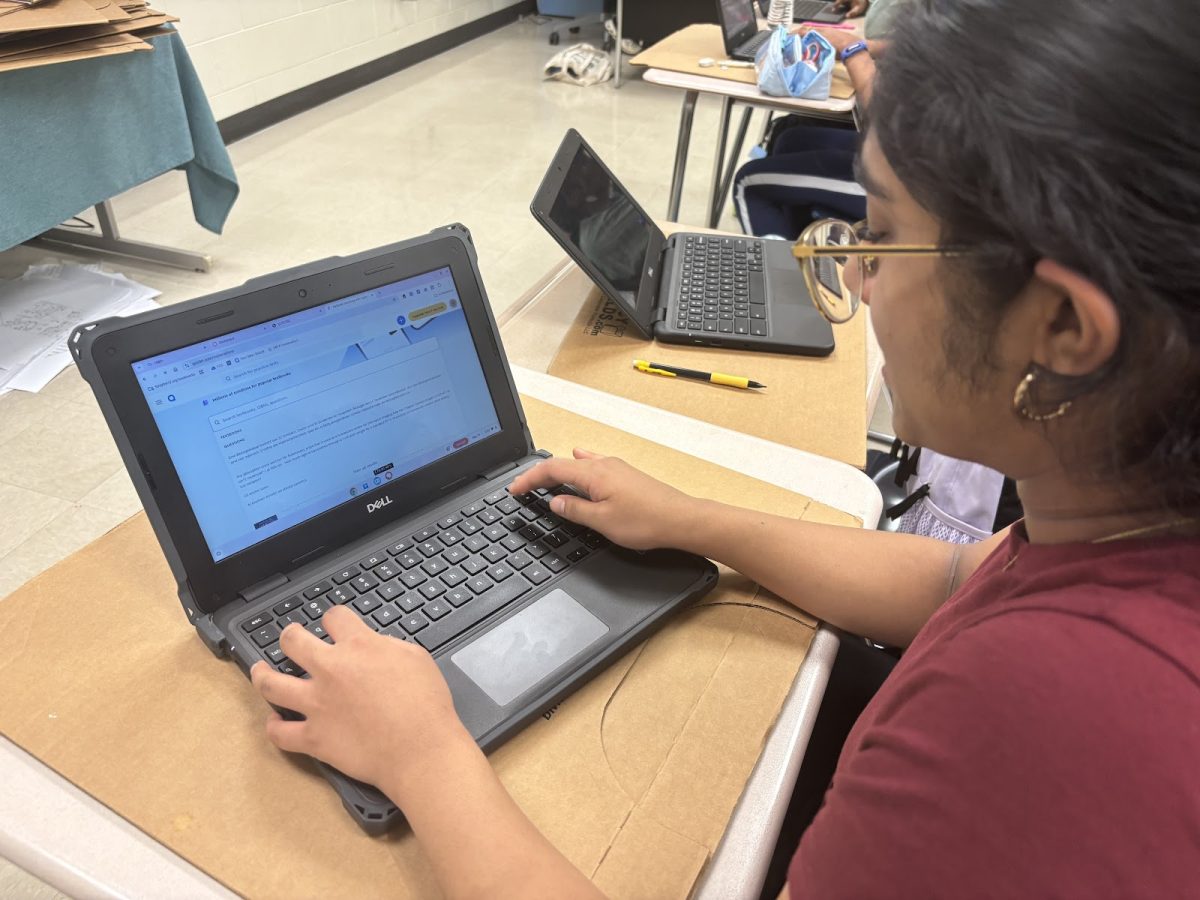As the 2024 election cycle ramped up, the United States found itself grappling with rampant polarization, sky-high tensions and an ever-increasing media frenzy over the election between Vice President Kamala Harris and former President Donald Trump. The issues on the ballot seemed more critical than ever, with the economy, immigration, bodily autonomy and democracy all at the top of voters’ minds. Many polls prior to the election described it as “too-close-to-call,” and many Americans felt that the essence of the nation was on the ballot. The stakes felt higher than ever, leaving Americans deeply divided yet collectively aware that the election’s outcome could shift the nation’s trajectory. After former President Donald Trump officially won on November 5, many Americans are wondering what lessons can be learned from the election.
One of the biggest causes of tensions this past election was polarization—how people are being split further apart on partisan lines. As media rhetoric and online atmospheres shift political divisions further, many noted increased polarization in recent elections.
“[Polarization] wasn’t so obvious prior to 2016 for a couple of reasons,” Lambert AP U.S. History (APUSH) teacher Jennifer Wilson said. “By 2016 you had an entrenched multi-generation use of Facebook, Instagram, Twitter, Snapchat…Those amplified the sound of the election.”
When the 2016 election came, America was presented with an entirely blank slate and two brand-new candidates. This election, people had dozens of social media platforms to amplify their opinions, and as people spent more time engrossed in social media echo chambers or consuming biased information, the more polarized people became.
Wilson’s APUSH class does a project on the election every four years to get a better understanding of what is really going on in the country and what issues are driving voters to the polls. That understanding is necessary in today’s world; as people become more split on partisan lines, it is critical for young voters to have a grasp on what issues really matter most to America.
“APUSH does a massive election project that evaluates state-by-state data,” Wilson said. “What we found, across the board, is that the ability to put food on your table and have job security, retirement security, by far outweighed the [other] issues.”
This project has become a standard in Wilson’s APUSH class. Every election year, students look at demographics, voting history and the issues that really matter to constituents state-by-state in order to foster a better understanding of the American political system. Wilson explains how her project creates an open classroom environment, allowing students to discuss the facts without getting hung up on personal differences in opinion.
“We remove personal feelings as much as possible from our conversations and focus on state demographics and how states feel about it, which allows us a safe space to talk about politics,” Wilson said. “[The project] is incredible. Lots of work, lots of students, lots of dedication. It’s incredibly rewarding. Most notably, it really helps them become better citizens and understand how the system works and elections.”
The 2024 election will undoubtedly be analyzed for years to come as its implications continue to ripple through American society. Marked by unprecedented polarization, economic uncertainty and the growing influence of social media in shaping public opinion, this election may just be a turning point for America’s political identity. Wilson’s in-depth APUSH election analysis demonstrates the power of education in fostering engaged citizens prepared to fulfill their civic duty. Students gain a deeper understanding of the forces that shape the political landscape, equipping them to navigate—and perhaps bridge—the divides of an increasingly polarized nation.









